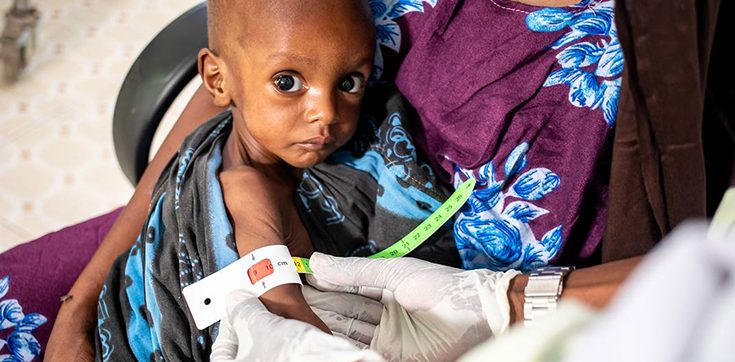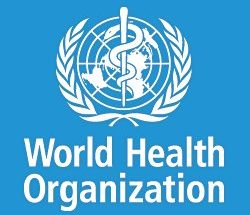The State of Food Security and Nutrition in the World (SOFI 2025) report published today by five specialized agencies of the United Nations report said although the global hunger declines, there is a steady rise in hunger across Africa and western Asia, including in many countries affected by prolonged food crises.the hunger continued to rise in most subregions of Africa and western Asia.
It is projected that 512 million people could be chronically undernourished by 2030. Almost 60 percent of those will be in Africa. This highlights the immense challenge of achieving SDG 2 (Zero Hunger), warned the Food and Agriculture Organization of the United Nations (FAO), the International Fund for Agricultural Development (IFAD), the United Nations agency for children (UNICEF), the UN World Food Programme (WFP), and the World Health Organization (WHO).
Tracking nutrition targets
- From 2023 to 2024, the global prevalence of moderate or severe food insecurity – an assessment registering the experience of constraints on access to adequate food during part of the year – decreased slightly, from 28.4 to 28.0 percent, accounting for 2.3 billion people. This is 335 million more than in 2019, before the COVID-19 pandemic, and 683 million more than in 2015, when the Sustainable Development Agenda was adopted.
- Among the indicators of child nutrition, the prevalence of stunting in children under five declined from 26.4 percent in 2012 to 23.2 percent in 2024, reflecting global progress.
- The prevalence of child overweight (5.3 percent in 2012 and 5.5 percent in 2024), and in child wasting (7.4 percent in 2012 and 6.6 percent in 2024) remains largely unchanged.
- The percentage of infants under six months exclusively breastfed increased significantly, from 37.0 percent in 2012 to 47.8 percent in 2023, reflecting growing recognition of its health benefits.
- The prevalence of adult obesity rose from 12.1 percent in 2012 to 15.8 percent in 2022.
- New data show an increase in the global prevalence of anaemia among women aged 15 to 49, from 27.6 percent in 2012 to 30.7 percent in 2023.
- Estimates for a new SDG indicator introduced in the report reveal that about one-third of children aged 6 to 23 months and two-thirds of women aged 15 to 49 years met minimum dietary diversity.
Food inflation
SoFi Technologies, Inc. (SOFI) 2025 examines the causes and consequences of the 2021–2023 food price surge and its impact on food security and nutrition.
The report highlights that the global policy response to the COVID-19 pandemic – characterized by extensive fiscal and monetary interventions – combined with the impacts of the war in Ukraine and extreme weather events, contributed to recent inflationary pressures.
This food price inflation has hindered the post-pandemic recovery in food security and nutrition. Since 2020, global food price inflation has consistently outpaced headline inflation. The gap peaked in January 2023, with food inflation reaching 13.6 percent, 5.1 percentage points above the headline rate of 8.5 percent.
Low-income countries have been particularly hit hard by rising food prices. While median global food price inflation increased from 2.3 percent in December 2020 to 13.6 percent in early 2023, it climbed even higher in low-income countries, peaking at 30 percent in May 2023.
The report recommends a combination of policy responses to food price inflation. They include targeted and time-bound fiscal measures, such as social protection programs, to safeguard vulnerable households; credible and transparent monetary policies to contain inflationary pressures; and strategic investments in agrifood R&D, transport and production infrastructure, and market information systems to improve productivity and resilience.





